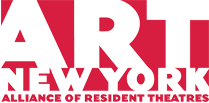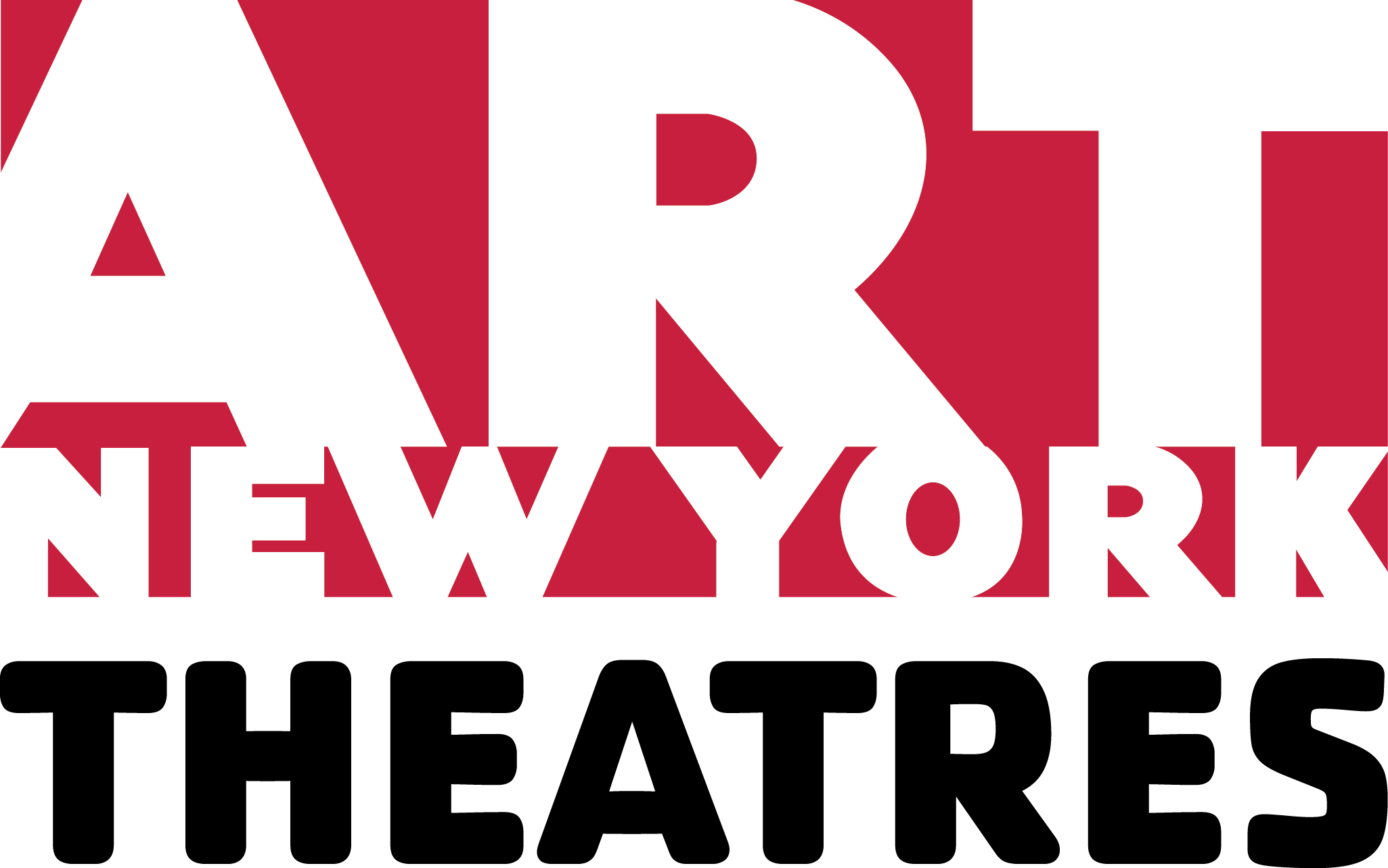- Accessibility
- Services
- Membership
- Grants
- Space
- Resources
- Podcast
- Ep.1, “OOBA // THEN AND NOW”
- EP 2, “SITI COMPANY // THE SUN HAS SET”
- EP 3, “LYNNETTE TAYLOR // WARRIOR LOVE”
- EP 4, “THE CAREGIVERS // BRINGING OUR WHOLE SELVES”
- EP 5, “TAVIA RIVÉE JEFFERSON // LAUNCH THE CLASS!”
- EP 6, "REBECCA KELLYG // HARMONIZING WITH THE SELF"
- EP 7, "THERESA BUCHHEISTER // THE ILLUSION OF STABILITY"
- EP 8, TECHNICIAN TRAINING // SENDING THE ELEVATOR BACK DOWN
- EP 9, NEW LEADERSHIP // TO BE OF SERVICE
- S2 EP1, "SAM MORREALE // MAKING THE REVOLUTION IRRESISTIBLE
- Support
- About Us
QUESTIONS CONSIDERED
ARTS Action Research
When will things return to normal?
Of late we hear a lot of theatre professionals invoking the word normal – as noun, verb, adjective, desire, but mostly as missing. This invocation of normal suggests a longing for a time and conditions ruled by consistency, a degree of predictability and maybe a little less stress. Of course normal is relative to each theatre’s condition and situation even though all are referencing pretty much the same external social, economic, and political environment. But the reality today is that the dynamism of all external conditions grows more and more volatile and unpredictable. It appears now that the new normal is no normal.
Among other things the absence of normal means that the practice of referencing external conditions and best practices for internal organizational cues and direction falls flat. Looking backwards to go forward is not only counter-intuitive but increasingly counter-productive. We believe that the most effective response to this evolving situation is for theatre professionals to reframe thinking and begin referencing internal needs, capacities and possibilities to external conditions. We refer to this as adopting a Critical Consciousness, described in the following excerpt from AAR’s Special Report Emerging Narratives in the Arts.
Critical Consciousness: Gaining Insight. It is said that hindsight is 20/20; it can be informative, ironic and sometimes painful. Unfortunately, when used in linear planning and problem solving, hindsight rarely does more than project the immediate past onto the future. Insight is a more complex, multi-dimensional view of one’s current and evolving realities. Insight comes from connecting the dots – values, ideas, relationships, opportunities and possibilities. Critical consciousness is how arts professionals gain the insight to drive effective change from within. It is the result of three complementary and interacting components:
Whole systems thinking – instead of attempting to make sense of the whole by focusing on the discrete parts, whole systems thinking focuses on the relationships between parts that generate the dynamics of the whole.
Replacing Absolute with Relative – the capacity of professional leadership to define operating balance as a relative rather than absolute state, accessing the positive, proactive tension between stasis and action.
Proactive referencing – when leadership stops referencing external demands (expectations, directives, convention, regulations) to internal variables and instead references internal needs and capacities to external variables.
Keen Company, one of the Tier 3 theatres with which we work in A.R.T./New York’s Harold and Mimi Steinberg Theatre Leadership Program, represents a good example of Critical Consciousness. Artistic Director Jonathan Silverstein succeeded founding director Carl Forsman at the helm of Keen Company when Carl became Dean of the School of Drama at the University of North Carolina School of the Arts. Jonathan inherited a fairly traditional theatre structure that had worked well for more than a decade. But he stepped into this new role as the country was emerging from the Great Recession and the theatre landscape was evolving in confusing and unrecognizable ways. Everything from funding patterns and priorities to the competing demands for board member’s attention to finding qualified administrative staff had shifted. Nothing suggested that this new landscape would find its way back to a more traditional or normal place.
Like many other theatre leaders Jonathan looked for clues and cues about responding to this shifting landscape among peer theatres, from the funding community, and in how his predecessor had made it all work. All of this fueled his wondering what he was doing wrong. A watershed moment for Jonathan occurred when I asserted that perhaps he wasn’t doing things wrong, he just wasn’t doing things differently. In a dramatically changing environment Jonathan needed to adopt a different mindset, a critical consciousness.
A first important step in this process was understanding that, while he was focusing intently on what wasn’t working well, something with Keen Company was working very well – the work and his artistic process. The work of Keen Company and its operations are part of a whole system. So, rather than separating and focusing on a component that doesn’t work, he began to focus on what was working, understanding why it was working and allowing the whole system to benefit from that strength. Jonathan quickly observed that what works best and most consistently is his rehearsal process. He has tremendous confidence in casting an effective ensemble and creating a rehearsal environment, protocols, support systems, and problem-solving capacity that result in an excellent product on stage. Jonathan also noted that he always found surprising strengths and synergies in the collaborations he devises in rehearsal, often among actors and crew who had never worked together before. Clearly the way forward for Jonathan and Keen Company was not looking backward or outward but building on the insights provided by known, available, and proven processes.
The result of Jonathan’s critical consciousness is Team Keen. Team Keen is Jonathan’s approach to sharing responsibilities among a ‘cast’ of team members. As opposed to a traditional top down management style, Jonathan casts administrative roles specifically designed for each team member. All have distinct responsibilities while lending support in other areas as needed, much like his rehearsal process. As in the rehearsal process, Jonathan invests deeply in collaboration and consensus and leads by providing direction while simultaneously assisting with problem identification and finding solutions. Jonathan notes, “while looking outside to hire a white knight who could solve all our problems, I suddenly discovered these creative, resourceful and proactive collaborators in the office around me. It made me realize that the two worlds – office and rehearsal – were not as far apart as I thought.” According to Jonathan, the implementation of Team Keen has energized both his team and himself. Referencing his own artistic process across programming and operating disciplines has also helped his board better understand and respect the complexity, effectiveness and efficiencies of this dynamic theatre’s working processes.
Do you have questions in your organization or work that you would like to work with ARTS Action Research to explore and understand? AAR Associates are available to A.R.T./New York members throughout the year, conducting Nancy Quinn Program workshops and providing one on one consulting support through the Theatre Leadership Program. For more information about these programs, contact Ann Marie Lonsdale at A.R.T./New York.

